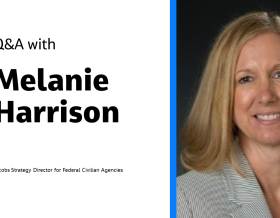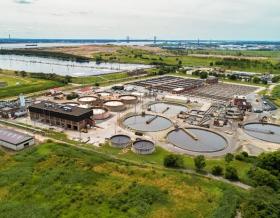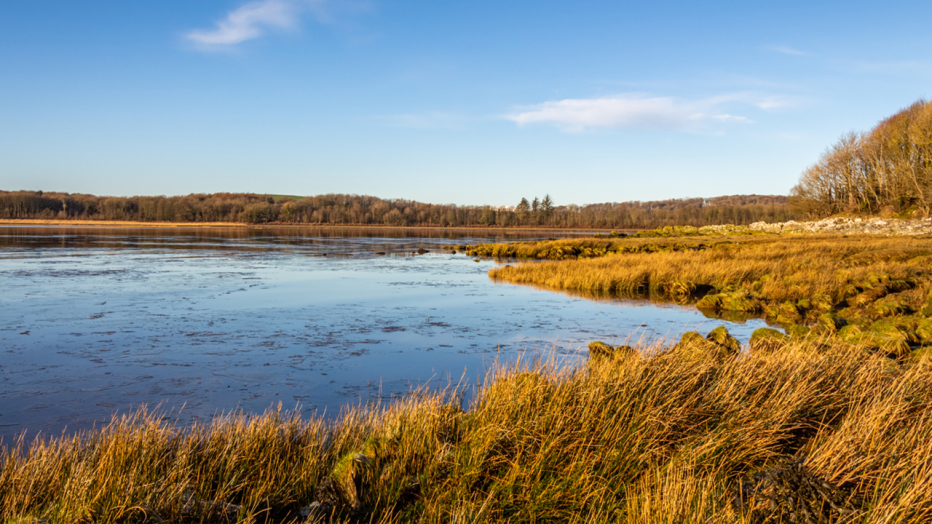




At Jacobs, we're challenging today to reinvent tomorrow by solving the world's most critical problems for thriving cities, resilient environments, mission-critical outcomes, operational advancement, scientific discovery and cutting-edge manufacturing, turning abstract ideas into realities that transform the world for good. With approximately $16 billion in annual revenue and a talent force of more than 60,000, Jacobs provides a full spectrum of professional services including consulting, technical, scientific and project delivery for the government and private sector.



As a purpose-led company, we know we have a pivotal role to play in addressing the climate emergency. We consider this not only good business, but our duty to channel our technology-enabled expertise and capabilities toward benefitting people and the planet.



For more than 70 years, our teams have provided integrated solutions to help solve the most complex and hazardous challenges of space exploration. We invent by imagining what’s possible.



Sit down with our visionary team of thinkers, dreamers and doers to see what a day in the life is like.



For more than 30 years, Jacobs has been responsible for planning and implementing Lead and Copper Rule-related strategies which protect millions of people in the U.S. and Canada. Our work includes enhanced water quality monitoring strategies, sampling plan development, harvested pipe-scale analysis, lead service line inventories and replacement plans, corrosion control studies and the incorporation of equity and environmental justice considerations into compliance programs.



Jacobs. A world where you can.



As our clients navigate the digital transformation and growing cyber risks, we have positioned ourselves at the forefront of this growth, adding digital capabilities, products and tools to serve a growing set of customers.



Jacobs is working to help clients across the United States secure federal funding for projects that make our cities and communities more connected and sustainable. Working hand-in-hand with clients from coast to coast and everywhere in between, Jacobs develops bold, innovative solutions to address the nation’s toughest challenges.



A curated selection of some of the top-listened to and trending podcast episodes from our popular If/When podcast series, which has over 4M downloads to date.



Now more than ever, we appreciate the hard work, sacrifice and dedication of the medical profession in ensuring the health and safety of our communities.



Together, we are stronger. Together, we can transform the future.



Together with our visionary partner, PA Consulting, we're establishing our position in high end advisory services, creating a springboard to expand in high value offerings beyond the core.



We work in partnership, delivering some of the most challenging, diverse and innovative projects and programs globally across multiple sectors. We integrate complex interfaces across planning, procurement and delivery to help unlock better social, environmental and economic outcomes from mega and giga projects.



We’ve provided design-build services to the water sector for over 25 years and delivered more than 150 projects. We offer fully integrated design-build and design-build-operate capabilities to tackle the most complex water challenges and work in close collaboration with our clients.



As climate change threatens water security around the world, more communities are turning to water reuse as a resilient water supply solution and embracing the OneWater principle that all water has value. Jacobs has been supporting clients with water reuse programs for decades, beginning with the first applications of advanced wastewater treatment technologies in the 1960s. We provide our clients with a full range of services, from water reuse feasibility studies to design, construction and operations.



Jacobs’ deep experience with advanced technology systems and our wide-ranging program support capabilities make us a premier partner at locations across the world. We deliver the right talent, tools and processes to support and enable our customers’ missions.



The National Air and Space Museum's One World Connected exhibit will tell the story of how flight fostered two momentous changes in everyday life: the ease in making connections across vast distances and a new perspective of Earth as humanity’s home. Below are some stories from Jacobs that also highlight the connections and digital solutions we are making around the world.



Stories that capture our partnerships and innovative impact for a more connected, sustainable world



The only certainty about the future is uncertainty. Resilience is an attribute of a smarter planet, and requires planning and adapting ahead of potential threats. We help our clients survive, recover, adapt and thrive.



The potential for carbon captured by coastal ecosystems—known as “blue carbon”—to contribute to net zero ambitions through processes like saltmarsh restoration, is attracting great interest. Jacobs is bringing its global expertise of drafting carbon codes and designing nature-based solutions that restore coastal ecosystems to the partnership developing and trialing the U.K. carbon code for saltmarshes.
Supported by the U.K. Government’s new Natural Environment Investment Readiness Fund (NEIRF), the project will develop scientific and revenue models, plus a certification scheme for U.K. projects wanting to attract private investment by selling the carbon benefits from restoring saltmarshes. Jacobs forms part of a distinguished team led by the UK Centre for Ecology & Hydrology (UKCEH) that includes the Wildfowl & Wetlands Trust, Royal Society for the Protection of Birds (RSPB), the University of St Andrews, Bangor University, Scotland’s Rural College (SRUC), the International Union for Conservation of Nature (IUCN) National Committee U.K., and Finance Earth.
This carbon code project is set to pave the way for significant investment in restoring the U.K.’s saltmarshes, which will help mitigate climate change, support biodiversity and reduce flood risk. Coastal wetland habitats—through the build-up of sediment and vegetation—trap and bury carbon at a greater rate per area than terrestrial habitats such as forests or peatlands. Significant areas of coastal saltmarsh have been lost due to land claim since Roman times and concerns remain over potential losses caused by sea level rise and the presence of coastal defences.
A growing number of organizations are committed to achieving net zero by reducing their carbon emissions and offsetting the impacts of essential activities (which may include buying verified carbon credits). The planned U.K. Saltmarsh Carbon Code will operate on a similar basis to the Peatland Code and Woodland Code, paving the way for up to $1.39 billion (£1 billion) of private investment in restoration projects over 25 years, covering up to 22,000 hectares (54,363 acres) of habitat.
Jacobs developed the world’s first carbon code for coastal wetlands in 2014 and brings extensive experience with coastal ecosystem restoration and climate change adaptation and mitigation.